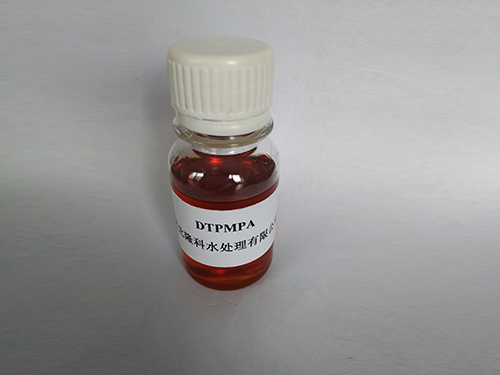Understanding the Role of Flocculation Chemicals in Water Treatment Processes
Understanding Flocculation and Its Associated Chemicals
Flocculation is a critical process widely employed in water treatment, waste management, and various industrial applications. It involves the agglomeration of fine particles into a floc, which subsequently enables their removal from liquids through sedimentation or filtration. At the heart of this process are flocculation chemicals, which play an indispensable role in enhancing the efficiency and effectiveness of separating solids from liquids.
The Role of Flocculation Chemicals
Flocculation chemicals are typically categorized into three main types inorganic coagulants, organic coagulants, and natural coagulants
. Each type serves a specific purpose and works through different mechanisms to promote floc formation.1. Inorganic Coagulants These are often aluminum- or iron-based compounds, such as aluminum sulfate (alum) and ferric chloride. When added to water, they dissociate into charged ions, destabilizing the colloidal particles by neutralizing their charge. This neutralization encourages particles to come together to form larger aggregates, or flocs, which can then settle or be filtered out. Inorganic coagulants are especially effective in removing turbidity and suspended solids from water, making them popular in municipal water treatment facilities.
2. Organic Coagulants These are typically synthetic polymers, such as polyacrylamides, that assist in the flocculation process through a different mechanism. Unlike inorganic coagulants, organic coagulants can create bridging interactions between particles, effectively enhancing floc formation even at lower dosages. This category of chemicals is favored in industries where high-quality water is required, such as in pharmaceutical and food processing, as they can help achieve stricter compliance with water quality standards.
3. Natural Coagulants Derived from plant or animal sources, natural coagulants include substances like chitosan and Moringa oleifera seeds. They offer an eco-friendly alternative to synthetic chemicals and have gained popularity in developing countries where the technical and financial resources for water treatment are limited. Natural coagulants are often biodegradable and less toxic, which appeals to environmentally conscious industries.
flocculation chemicals

Application of Flocculation Chemicals
Flocculation chemicals are vital in several applications beyond water treatment. In mining, for example, they are used to separate valuable minerals from ore. In the paper industry, flocculants assist in the removal of impurities from pulp, improving product quality. Furthermore, in wastewater treatment, flocculation helps reduce the volume of sludge, making sludge management more efficient.
Factors Influencing Flocculation
The effectiveness of flocculation chemicals is influenced by several factors, including pH level, temperature, and the nature of the particulates present in the liquid. Each of these factors must be carefully controlled and optimized to enhance flocculation outcomes. For instance, the optimum pH for using aluminum sulfate is typically around 6 to 8, while the performance of organic coagulants can vary widely based on the specific formulation.
Future Trends
As the demand for clean water continues to escalate due to population growth and environmental concerns, the flocculation process and its chemicals are evolving. Research is being conducted to develop more efficient and environmentally friendly flocculants. Innovations in biodegradable polymers and the exploration of biopolymer-based coagulants are paving the way for more sustainable water treatment technologies.
In conclusion, the realm of flocculation and its associated chemicals is essential for effective liquid-solid separation processes across various industries. Understanding the mechanisms, applications, and future trends of these chemicals can lead to improved practices in water treatment and waste management, contributing to a healthier environment and sustainable resource management.
-
Pbtc Scale InhibitorPBTC: A Scale Protector for Industrial Water TreatmentNewsAug.05,2025
-
Organic Phosphonate: An Efficient Defender in the Field of Scale InhibitionNewsAug.05,2025
-
Hydrolyzed Polymaleic Anhydride: Green Pioneer in Scale Inhibition FieldNewsAug.05,2025
-
PAPEMP Polyamino Polyether Methylene Phosphonic Acid For SaleNewsAug.05,2025
-
Flocculant Water Treatment: A Pioneer in Purification in the Field of Water TreatmentNewsAug.05,2025
-
Benzyl Isothiazolinone: An Efficient and Broad-Spectrum Antibacterial Protective GuardNewsAug.05,2025





